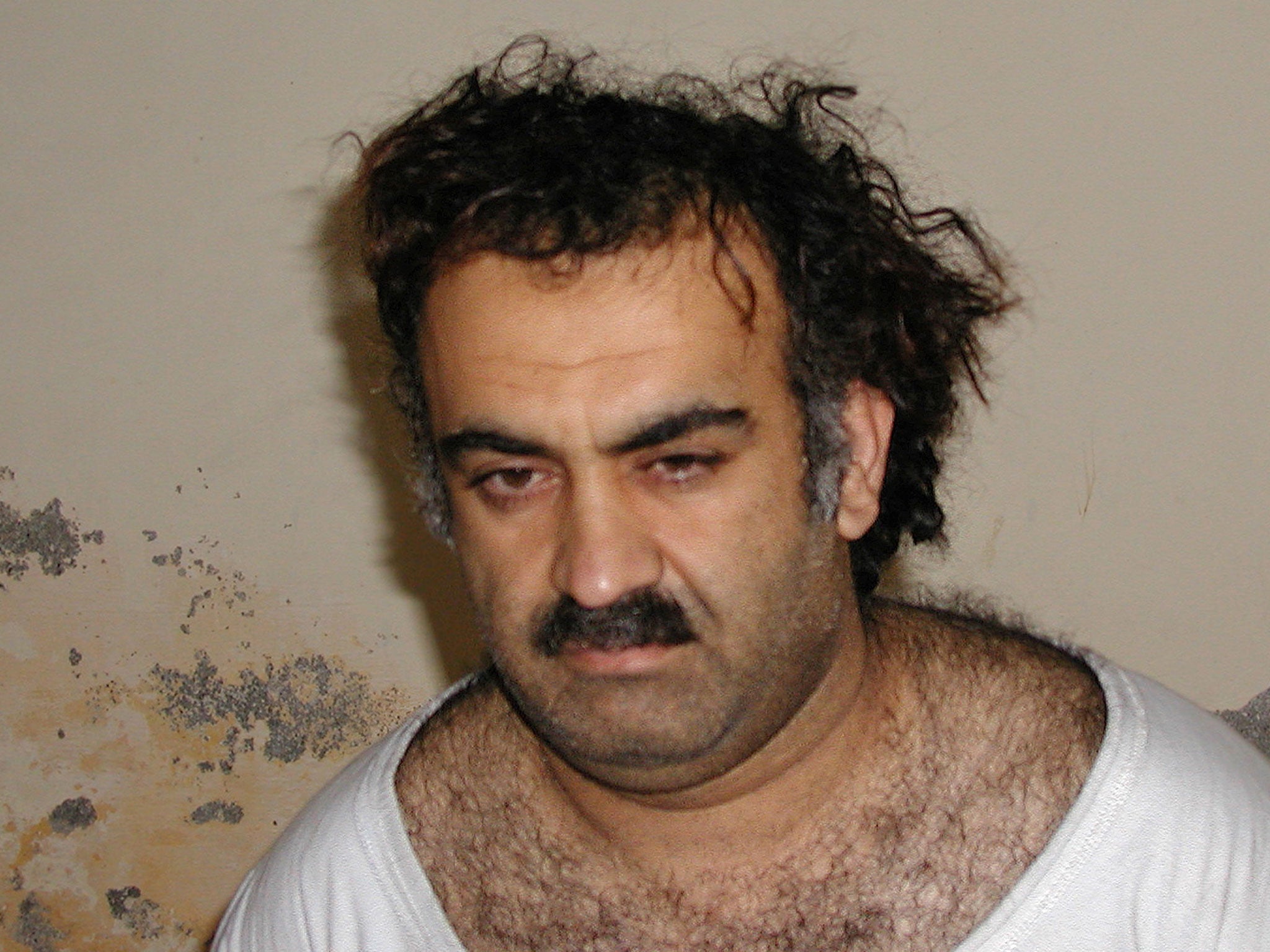If you want to know how Isis was really created, Donald Trump, then start with US torture programmes
A confession given by a Libyan national during torture was America's excuse for invading Iraq. ‘They were killing me,’ the terror suspect later told the FBI about their torturers. ‘I had to tell them something’


Your support helps us to tell the story
From reproductive rights to climate change to Big Tech, The Independent is on the ground when the story is developing. Whether it's investigating the financials of Elon Musk's pro-Trump PAC or producing our latest documentary, 'The A Word', which shines a light on the American women fighting for reproductive rights, we know how important it is to parse out the facts from the messaging.
At such a critical moment in US history, we need reporters on the ground. Your donation allows us to keep sending journalists to speak to both sides of the story.
The Independent is trusted by Americans across the entire political spectrum. And unlike many other quality news outlets, we choose not to lock Americans out of our reporting and analysis with paywalls. We believe quality journalism should be available to everyone, paid for by those who can afford it.
Your support makes all the difference.We are learning very quickly that Donald Trump intends to deliver on the threats he made on the campaign trail.
His promise to bring back waterboarding (simulated drowning) and other heinous tortures is now under active consideration by his administration.
Yesterday the President told ABC News that he wanted to “fight fire with fire” so that America could level the playing field against Isis, by resurrecting the CIA’s illegal “enhanced interrogation” programmes because he believes torture “absolutely works”.
But torture absolutely doesn’t work.
To put it in terms Donald Trump understands best, if torture was measured as a results-based business then it would have gone bust years ago.
The intelligence extracted through waterboarding, hogtying, beatings and sexual abuse has shown to be at best unreliable and at worst damaging to world security.
And when torture fails it fails spectacularly – as it did in the prelude to the biggest disaster in recent Middle East history, the invasion of Iraq.
The President has spent many hours chastising politicians for leading America into such a calamitous conflict which unleashed Isis. But he has conspicuously omitted to mention that the faulty intelligence upon which that decision was taken was extracted through the use of torture.
That false confession was obtained from terror suspect Ibn al-Shaykh al-Libi, a Libyan national captured in Afghanistan in November 2001 after the fall of the Taliban. Held at Bagram airbase, he was first tortured by US interrogators before later being flown to Egypt where he was subjected to all kinds of torture including waterboarding. Unsurprisingly Libi delivered a full confession within two days of touching down in Cairo.
Central to the Libi’s confession was his assertion that there was a link between Saddam Hussein and al-Qaeda. It was the vital “intelligence” which provided the Bush administration with its case for war with Iraq. It didn’t seem to matter that Libi’s claim that Osama bin Laden had sent fighters to be trained in the use of weapons of mass destruction by Hussein’s was demonstrable nonsense.
“They were killing me,” Libi later told the FBI about his torturers. “I had to tell them something.” And a US Senate intelligence committee report concluded that Libi lied about the link “to avoid torture”.
Libi was not alone. Khalid Sheikh Mohammed was the mastermind of the 9/11 terror attacks and many other atrocities. After his capture in Pakistan in 2003 his value as a source of intelligence against al-Qaeda was obvious to the Americans. In a space of a single month he was waterboarded 183 times in the hope of securing intelligence on future al-Qaeda operations.
But the torture interrogations, which also included techniques referred to euphemistically as “rectal rehydration” and “attention grab”, proved largely fruitless.
According to a Senate investigation, Mohammed had spun his interrogators a string of lies, sending the CIA on wild goose chases, wasting many, many hours and resources. Dozens of times, the Senate report describes information the CIA labelled as “critical” as having been “fabricated”, “unfounded” or “not supported by internal CIA records”.
Yet despite all this, the realisation that the CIA’s much-trumpeted “enhanced interrogation techniques” may not be a reliable method for gathering intelligence had little impact on their operations.
In 2003, a British man, Binyam Mohamed, was next to find himself on the new torture programme when he was sent to a black site in Morocco. Mohamed was told that he had been named by Libi and Khalid Sheikh Mohammed as an al-Qaeda operative. So convinced were the CIA that Binyam Mohamed was a key player that the interrogation team repeatedly took a knife to his genitals to force a confession. Mohamed duly obliged.
“They had fed me enough through their questions for me to make up what they wanted to hear,” he later recalled. “I confessed to it all. There was the plot to build a dirty nuclear bomb and another to blow up apartments in New York with their gas pipes.” Both turned out to be impossible.
Reinstating America’s own medieval torture chambers to use against Isis will generate exactly the same kind of dodgy intelligence as well as triggering a wave of barbarous reprisals across the Middle East and Europe.
The torture pictures from the prisons of Abu Ghraib and Guantanamo Bay have done more to stoke the causes of Islamist terrorism than almost anything else since the invasion of Iraq.
A return to the bad old days of America’s enhanced interrogation programme will have the same impact, playing into the hands of the terrorists.
Join our commenting forum
Join thought-provoking conversations, follow other Independent readers and see their replies
0Comments